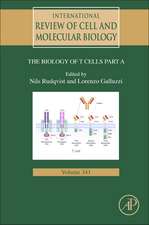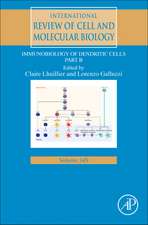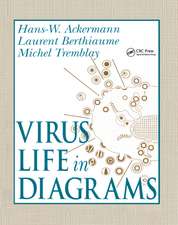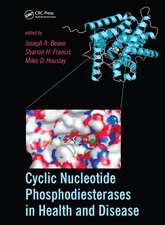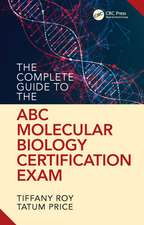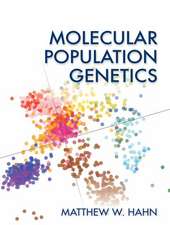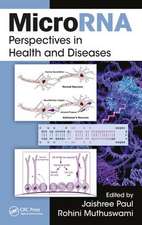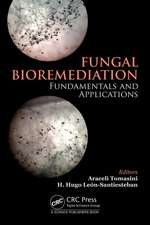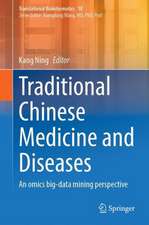Synthetic Biology and iGEM: Techniques, Development and Safety Concerns: An Omics Big-data Mining Perspective
Editat de Kang Ning, Yi Zhanen Limba Engleză Hardback – 20 iun 2023
Devised as a book on syntheticbiology research and education in the omics age, this book has put focuses on systematic design, rational engineering, and sustainability of design for synthetic biology, which will explain in detail and with supportive examples the “What,” “Why,” and “How” of the topic. It is an attempt to bridge the gap between synthetic biology’s research and education side, for best practice of synthetic biology and in-depth insights for the related questions.
| Toate formatele și edițiile | Preț | Express |
|---|---|---|
| Paperback (1) | 1038.57 lei 38-44 zile | |
| Springer Nature Singapore – 21 iun 2024 | 1038.57 lei 38-44 zile | |
| Hardback (1) | 1149.16 lei 3-5 săpt. | |
| Springer Nature Singapore – 20 iun 2023 | 1149.16 lei 3-5 săpt. |
Preț: 1149.16 lei
Preț vechi: 1436.45 lei
-20% Nou
Puncte Express: 1724
Preț estimativ în valută:
219.91€ • 228.20$ • 183.81£
219.91€ • 228.20$ • 183.81£
Carte disponibilă
Livrare economică 22 februarie-08 martie
Preluare comenzi: 021 569.72.76
Specificații
ISBN-13: 9789819924592
ISBN-10: 9819924596
Pagini: 113
Ilustrații: XII, 113 p. 1 illus.
Dimensiuni: 155 x 235 mm
Greutate: 0.18 kg
Ediția:2023
Editura: Springer Nature Singapore
Colecția Springer
Locul publicării:Singapore, Singapore
ISBN-10: 9819924596
Pagini: 113
Ilustrații: XII, 113 p. 1 illus.
Dimensiuni: 155 x 235 mm
Greutate: 0.18 kg
Ediția:2023
Editura: Springer Nature Singapore
Colecția Springer
Locul publicării:Singapore, Singapore
Cuprins
Chapter 1. Introduction to Synthetic Biology.- Chapter 2. iGEM: The Competition on Synthetic Biology.- Chapter 3. Synthetic Biology-related Multi-omics Data Integration and Data Mining Techniques.- Chapter 4. Synthetic Biology: Technical Issues.- Chapter 5. Synthetic Biology: Development Issues.- Chapter 6. Synthetic Biology: Safety Issues.- Chapter 7. Synthetic Biology: Data Resources, Web Services and Visualizations.- Chapter 8. Synthetic Biology: Case Studies.- Chapter 9. Concluding Remarks.
Notă biografică
Dr. Kang Ning, Professor of Microbial Bioinformatics Group and Director of Department of Bioinformatics and Systems Biology, School of Life Science and Technology, Huazhong University of Science and Technology. Dr. Ning obtained his BS in Computer Science from USTC, and PhD in Bioinformatics from NUS. He obtained his Post-Doc training in Bioinformatics at the University of Michigan. He has been devoting to bioinformatics research for more than 20 years focusing on omics big-data integration, microbiome analyses, and single-cell analyses. His current research interests include AI methods for multi-omics, especially metagenomics data mining and their applications. He is also interested in synthetic biology and high-performance computation. Dr. Ning as the leading or corresponding author, published over 80 research articles and reviews on leading journals including Gut, Genome Biology, Nucleic Acids Research, and Bioinformatics, with more than 2,000 citations in total. He is the committee member of several national bioinformatics and biology big-data committees in China. He serves as an editorial board member of the journal Genomics Proteomics and Bioinformatics and Scientific Reports, and served as reviewers for several international funding agencies including UK-BBSRC and UK-NERC.
Dr. Yi Zhan, Associate Professor and Deputy Chair of the Committee of College of Life Science and Technology, Huazhong University of Science and Technology. Dr. Zhan obtained his BS in Biotechnology and PhD in Biophysics from Huazhong University of Science and Technology. He obtained his Post-Doc training in Molecular Neuroscience at Hong Kong University of Science and Technology. He has been devoting to molecular biology research for more than 20 years focusing on the structure and function of proteins, especially membrane proteins in neuroscience. He is also interested in synthetic biology and its application in environment, healthcare, and manufacturing. Dr. Zhan served as judge in iGEM jamborees for several years and also served as team PI and instructors for iGEM team HUST-China for over 10 years. He has published several research articles in leading journals including Nature Communications, PNAS, etc. In some of these articles published on Small, ACS Synthetic Biology, BMC Biology, and Scientific Reports, except for the corresponding author Dr. Zhan and his faculty colleagues, the other authors are all undergraduate students from competition teams. His is now devoting his efforts to the education and training of undergraduate students studying life science.
Dr. Yi Zhan, Associate Professor and Deputy Chair of the Committee of College of Life Science and Technology, Huazhong University of Science and Technology. Dr. Zhan obtained his BS in Biotechnology and PhD in Biophysics from Huazhong University of Science and Technology. He obtained his Post-Doc training in Molecular Neuroscience at Hong Kong University of Science and Technology. He has been devoting to molecular biology research for more than 20 years focusing on the structure and function of proteins, especially membrane proteins in neuroscience. He is also interested in synthetic biology and its application in environment, healthcare, and manufacturing. Dr. Zhan served as judge in iGEM jamborees for several years and also served as team PI and instructors for iGEM team HUST-China for over 10 years. He has published several research articles in leading journals including Nature Communications, PNAS, etc. In some of these articles published on Small, ACS Synthetic Biology, BMC Biology, and Scientific Reports, except for the corresponding author Dr. Zhan and his faculty colleagues, the other authors are all undergraduate students from competition teams. His is now devoting his efforts to the education and training of undergraduate students studying life science.
Textul de pe ultima copertă
This book focuses on biological engineering techniques, multi-omics big-data integration, and data-mining techniques, as well as cutting-edge researches in principles and applications of several synthetic biology applications. Synthetic biology is a new research area, while it has been rooted from the long-established area including biological engineering, metabolite engineering, and systems biology. This book will discuss the following aspects: (1) introduction to synthetic biology and iGEM, especially focusing on the systematic design, rational engineering, and sustainability of design in the omics ages; (2) synthetic biology–related multi-omics data integration and data mining techniques; (3) the technical issues, development issues, and safety issues of synthetic biology; (4) data resources, web services, and visualizations for synthetic biology; and (5) advancement in concrete research on synthetic biology, with several case studies shown.
Devised as a book on syntheticbiology research and education in the omics age, this book has put focuses on systematic design, rational engineering, and sustainability of design for synthetic biology, which will explain in detail and with supportive examples the “What,” “Why,” and “How” of the topic. It is an attempt to bridge the gap between synthetic biology’s research and education side, for best practice of synthetic biology and in-depth insights for the related questions.
Devised as a book on syntheticbiology research and education in the omics age, this book has put focuses on systematic design, rational engineering, and sustainability of design for synthetic biology, which will explain in detail and with supportive examples the “What,” “Why,” and “How” of the topic. It is an attempt to bridge the gap between synthetic biology’s research and education side, for best practice of synthetic biology and in-depth insights for the related questions.
Caracteristici
Features multi-omics big-data integration and data-mining techniques in synthetic biology Provides in detail and with supportive examples the “What”, “Why” and “How” of the topic Shed light on the best practice of the omics data for systematic design of biological systems





